Ras El-Hanout: The Spice Mix That Can Turn Your Kitchen into a Moroccan Paradise (Even If You're Just Cooking Toast)
Table of Contents
- Introduction to the Magical Powder of Morocco
- What Exactly is Ras El-Hanout?
- How to Make Your Own Ras El-Hanout Like a Berber Grandma
- Cooking with Ras El-Hanout: From Tagines to Tacos
- A Dash of History: Where Did This Spice Blend Come From?
- Pro Tips for Storing, Using, and Mastering Ras El-Hanout
- Spice Showdown: Ras El-Hanout vs. Other Global Blends
- Conclusion: Why Every Pantry Needs a Jar of This Magic Dust
Introduction to the Magical Powder of Morocco
If there's one spice blend that can make your kitchen smell like a Marrakech market, it's ras el-hanout. Pronounced "razz el hah-noot," this North African gem is less of a single recipe and more of a culinary concept — a carefully curated mix of spices that varies from vendor to vendor, family to family, and even mood to mood.
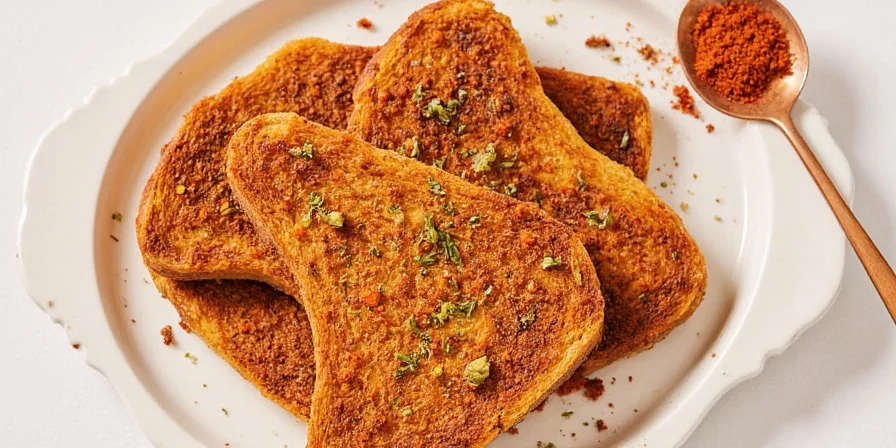
What Exactly is Ras El-Hanout?
Ras el-hanout translates to "top of the shop" in Arabic — which means only the finest spices go into this blend. Some traditional mixes contain up to 30 different ingredients, including cumin, coriander, cinnamon, ginger, allspice, turmeric, cardamom, clove, nutmeg, black pepper, paprika, and even dried rose petals or dried lavender.
It’s the kind of spice mix you don’t just toss into a stew; you respect it like it was your grandmother’s jewelry box. And if you’re lucky enough to get some from a real Moroccan souk, it might literally be made from grandma’s secret stash.
How to Make Your Own Ras El-Hanout Like a Berber Grandma
You don’t need a magic carpet to get authentic flavor. Here's a beginner-friendly recipe that hits all the classic notes without making you hunt down rare spices at midnight:
- 1 tbsp ground cumin
- 1 tbsp ground coriander
- 1 tsp cinnamon
- 1 tsp smoked paprika
- ½ tsp ground ginger
- ½ tsp allspice
- ½ tsp cardamom
- ¼ tsp cloves
- ¼ tsp nutmeg
- Optional: 1 pinch of saffron threads or dried rose petals
Mix well, store in an airtight jar, and let the scent transport you directly to Fez. Warning: may cause cravings so intense you book a flight to Casablanca before dinner.
Cooking with Ras El-Hanout: From Tagines to Tacos
This spice is as versatile as your favorite jeans. Whether you’re cooking a slow-simmered lamb tagine or throwing together grilled chicken tacos, a little ras el-hanout goes a long way. Here are a few ways to use it:
- Lamb Tagine: Marinate lamb shoulder with ras el-hanout, garlic, olive oil, and preserved lemon. Slow-cook until tender, then serve with couscous.
- Grilled Vegetables: Toss eggplant, zucchini, and bell peppers with olive oil and a sprinkle of ras el-hanout before roasting.
- Spiced Hummus: Stir a teaspoon into hummus for a warm, complex twist.
- Eggs: Sprinkle over scrambled eggs for a spicy, earthy kick that will start your day right (or wrong if you forget your coffee).
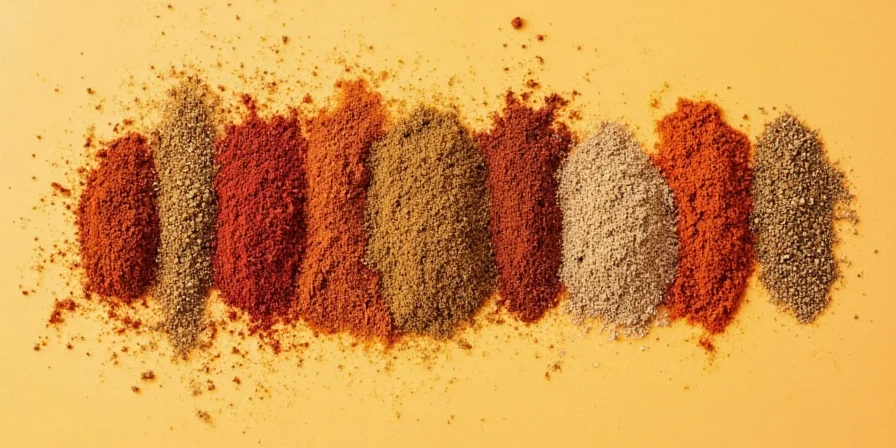
A Dash of History: Where Did This Spice Blend Come From?
Ras el-hanout has deep roots in Moroccan and broader North African cuisine. Traditionally, it was prepared by spice merchants who prided themselves on their unique blends. Each merchant had their own closely guarded formula, often passed down through generations.
In ancient times, spices were precious commodities. Ras el-hanout wasn’t just about flavor — it was also believed to have medicinal properties and was sometimes used in rituals. Today, while the mystical part may be fading, the flavor remains legendary.
Pro Tips for Storing, Using, and Mastering Ras El-Hanout
- Freshness Matters: Buy whole spices when possible and grind them yourself. Store in dark glass jars away from heat and sunlight.
- Start Small: A little ras el-hanout goes a long way. Add gradually and taste as you go — unless you want your tongue to feel like it’s been kissed by the Sahara sun.
- Toasting Boosts Flavor: Lightly toast the spices before grinding for deeper, richer aroma and flavor.
- Customize It: Feel free to tweak the ratios to match your palate. Want it spicier? Add more paprika. Want it sweeter? More cinnamon or nutmeg.
- Make It Ahead: Ras el-hanout improves with age. Letting it sit for a week after mixing helps the flavors meld beautifully.
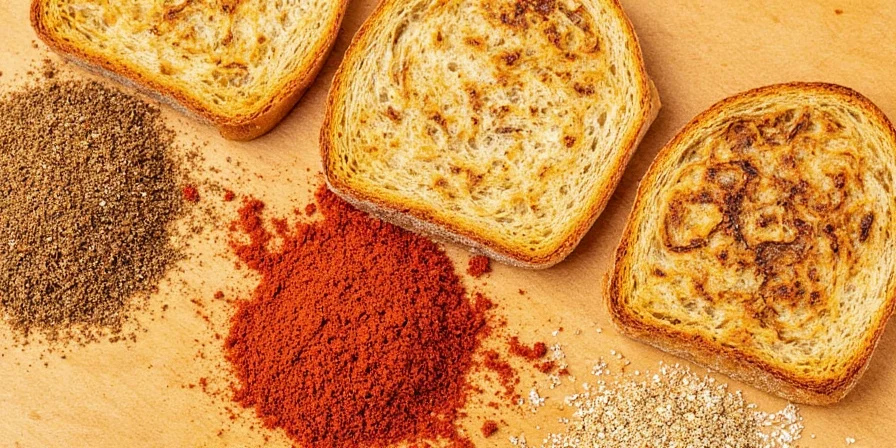
Spice Showdown: Ras El-Hanout vs. Other Global Blends
Let’s face it — every culture has its own spice superstar. How does ras el-hanout stack up against the world’s most famous blends? Here’s a quick comparison:
| Spice Blend | Origin | Key Ingredients | Heat Level | Best Use |
|---|---|---|---|---|
| Ras El-Hanout | Morocco | Cumin, coriander, cinnamon, cardamom, clove, paprika | Mild to Medium | Tagines, stews, roasted veggies |
| Garam Masala | India | Cumin, coriander, cinnamon, cardamom, cloves | Mild | Curries, lentils, rice dishes |
| Dubba Qarni (Dakhlani) | Yemen | Paprika, cumin, coriander, fenugreek | Medium to Hot | Soups, meats, flatbreads |
| Chinese Five-Spice | China | Star anise, Sichuan pepper, fennel, cloves, cinnamon | Mild | Roasted meats, dumplings, noodles |
| Herbes de Provence | France | Thyme, marjoram, rosemary, savory, oregano | Mild | Roasted chicken, vegetables, breads |
Ras el-hanout brings warmth, depth, and a touch of floral mystery that makes it stand out from its international cousins. Think of it as the James Bond of spice blends — suave, complex, and always ready to seduce your taste buds.
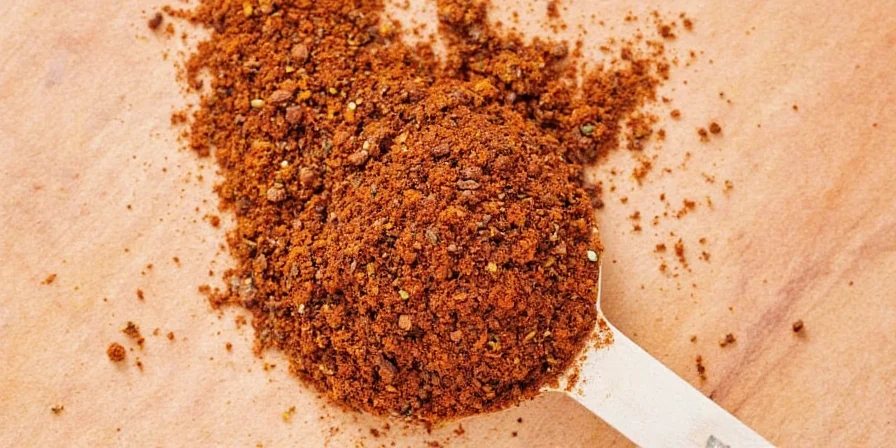
Conclusion: Why Every Pantry Needs a Jar of This Magic Dust
Ras el-hanout isn’t just a spice blend — it’s a passport to flavor. Whether you’re simmering up a hearty stew or giving your morning eggs a vacation vibe, this North African wonder can elevate your cooking game instantly.
So go ahead, open that jar, take a deep sniff, and imagine the bustling souks of Marrakech. Then get back to reality and cook something delicious — because now you know how.
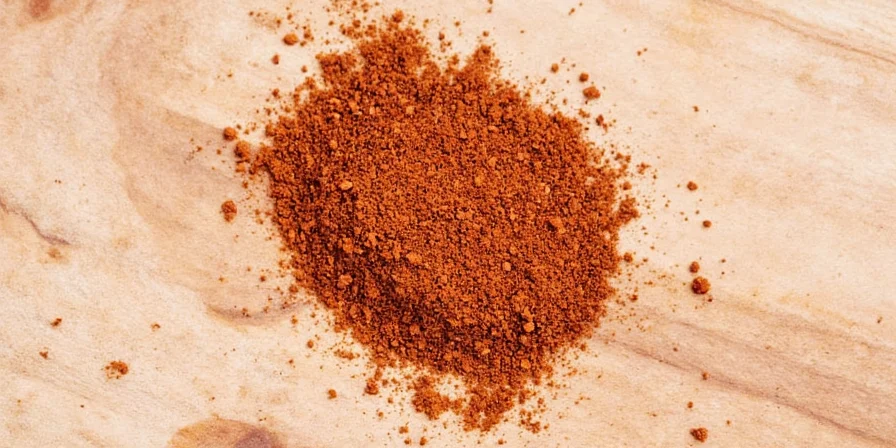

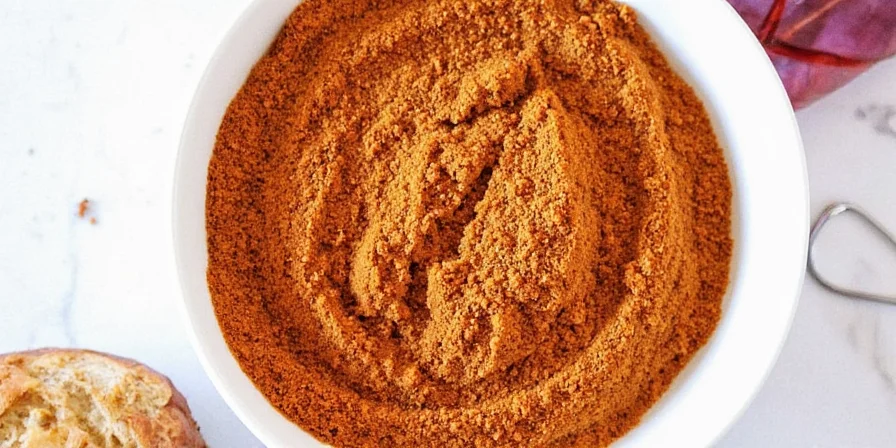









 浙公网安备
33010002000092号
浙公网安备
33010002000092号 浙B2-20120091-4
浙B2-20120091-4